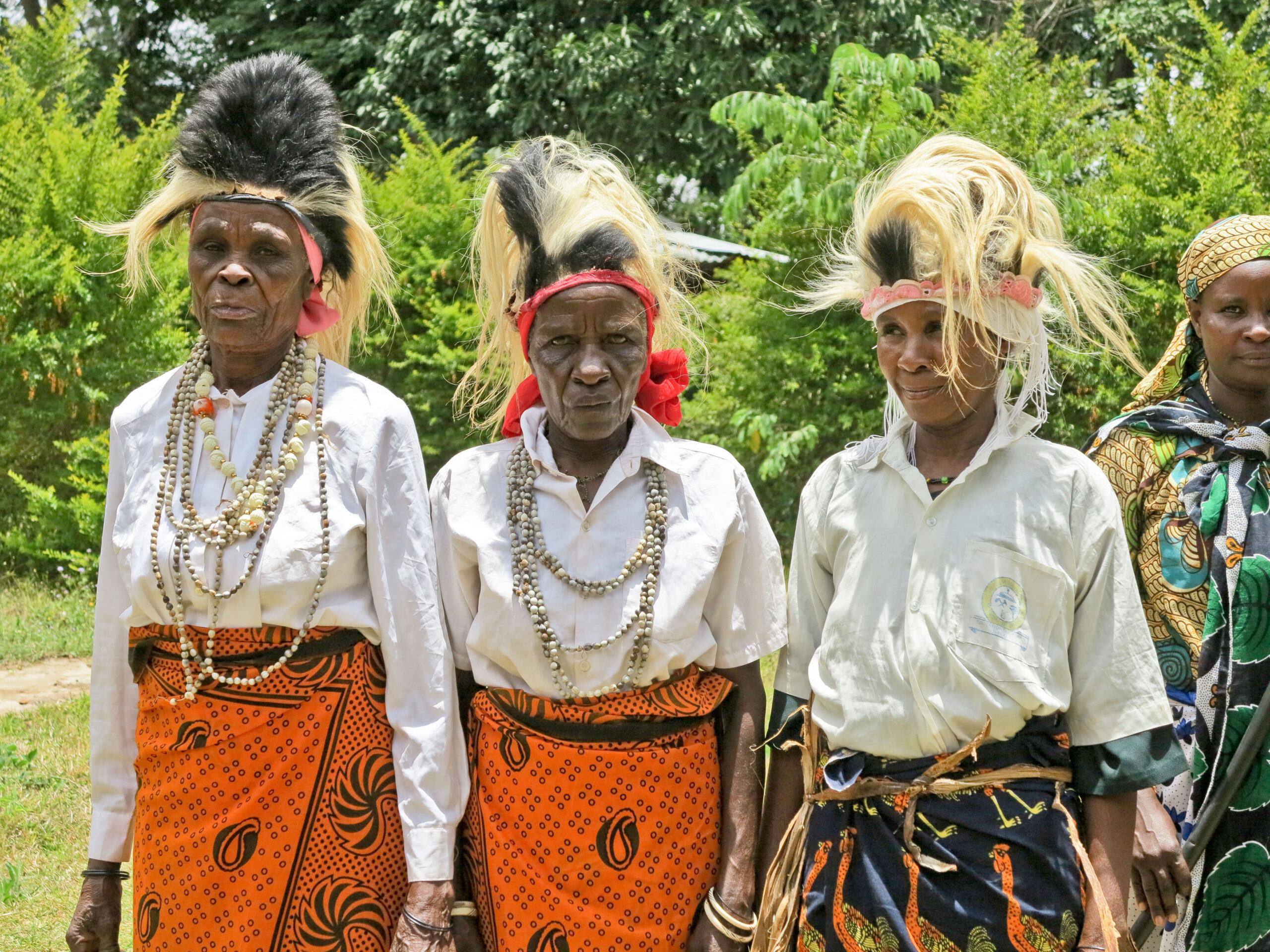For decades, the Mediterranean diet has been held up as a model of nutrition — its emphasis on fresh vegetables, whole grains and olive oil, praised for its heart-healthy benefits.
However, research suggests that another, less-heralded cuisine could be equally protective: that of northern Tanzania.
A study in Nature Medicine found that shifting to a diet typical of the East African country — rich in vegetables, legumes, ancient grains and fermented foods — for just two weeks had strikingly positive effects.
• Birthplace of the Mediterranean diet has a child obesity crisis
In particular, it dampened inflammation, which has been linked to a host of illnesses including Alzheimer’s disease and arthritis. Proteins in the blood linked to a cluster of conditions, including heart attacks, strokes and insulin resistance, also fell.
The research involved 77 healthy men from urban and rural areas of northern Tanzania. Those who usually ate a traditional diet adopted western-style food for two weeks, switching to meals that included roast beef and mashed potatoes for dinner and egg and chips for lunch.
Those accustomed to a western diet moved to traditional fare, which included breakfasts of boiled cassava and midday meals of boiled chicken and greens.
The changes that followed were larger than the researchers had anticipated. Those who adopted a western diet had a steep increase in inflammatory markers in their blood. There were also signs that their immune systems were less able to deal with infections. By contrast, those who shifted to a traditional diet exhibited reduced inflammation and healthier metabolic profiles. The effects lasted for at least a month.

The diet was typical of that eaten by the Chagga people of Mount Kilimanjaro
ALAMY
The diet tested in the study was representative of the traditional cuisine of the Chagga people, who live on the slopes of Mount Kilimanjaro. Their cuisine is largely plant-based, featuring ingredients such as plantains, beans, millet and sorghum, and probiotic-laden fermented foods and polyphenol-rich fruits and vegetables.
One staple dish, kiburu — a porridge made from green plantains and kidney beans — was among the recipes offered to the participants.
Dr Quirijn de Mast, one of the study’s authors, suggested that other cuisines on the continent may offer similar benefits. “The Mediterranean diet has been extensively studied, but African heritage diets hold untapped potential for promoting health,” he said. “These diets are diverse, rich in fibre and feature unique food products that may offer specific health advantages.”

The core principle of the diet is unprocessed, fibre-rich foods
ALAMY
Rapid urbanisation and a proliferation of processed foods have led to a decline in traditional dishes across much of Africa. De Mast noted that at the same time, conditions that were once rare in the region — such as inflammatory bowel disease and type 2 diabetes — were on the rise.
So should westerners consider swapping olive oil for fermented banana porridge? “The core principle is unprocessed, fibre-rich foods,” De Mast said.
However, he added that ancient African grains such as teff might have specific health benefits that would merit further study. “Africa harbours an extraordinary diversity of traditional diets, many of which are still under-explored in scientific research, and are at risk of disappearing before we fully understand their potential,” he said.
Green plantain porridge with kidney beans (kiburu) — a Kilimanjaro staple
Ingredients
500g kidney beans (soaked overnight)
1 bunch of green plantains (about ten pieces)
A pinch of salt and soda ash (for flavour)
Method
Drain the soaked kidney beans, place them in a large pot and cover with water.
Bring to a boil and simmer for 30–40 minutes until the beans are half-cooked and soft to the touch.
While the beans are boiling, peel the green plantains and cut them into small cubes. Add cubes to the pot with the boiling beans.
Sprinkle in a pinch of salt for taste. Add a pinch of soda ash soaked in a little water.
Simmer the mixture for another 30 minutes until the beans and plantains are fully cooked and tender.
To serve
Once cooked, gently mash the mixture into chunky porridge. Adjust the consistency as desired.
Serve with avocado, cucumber and carrot; you can also add spinach.
